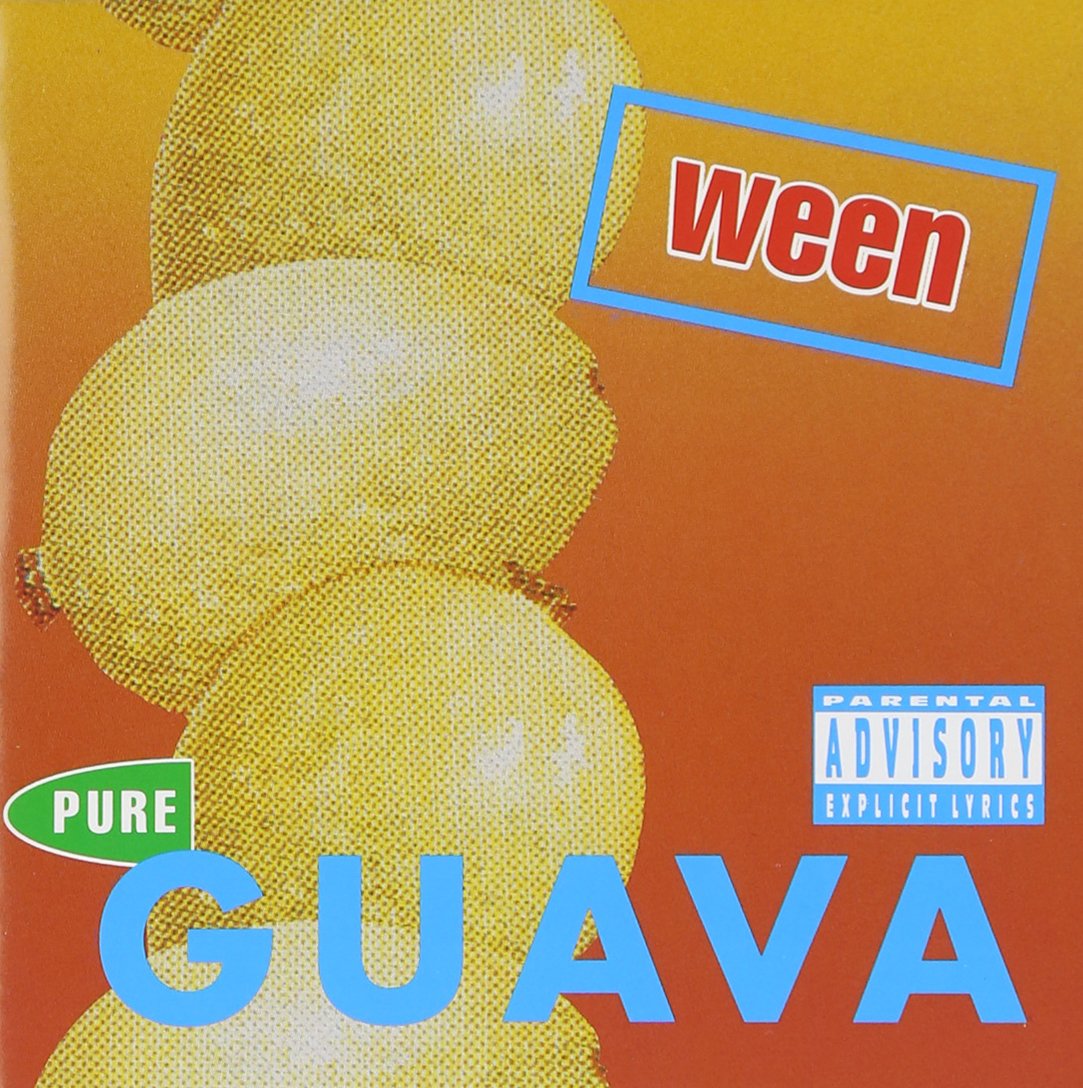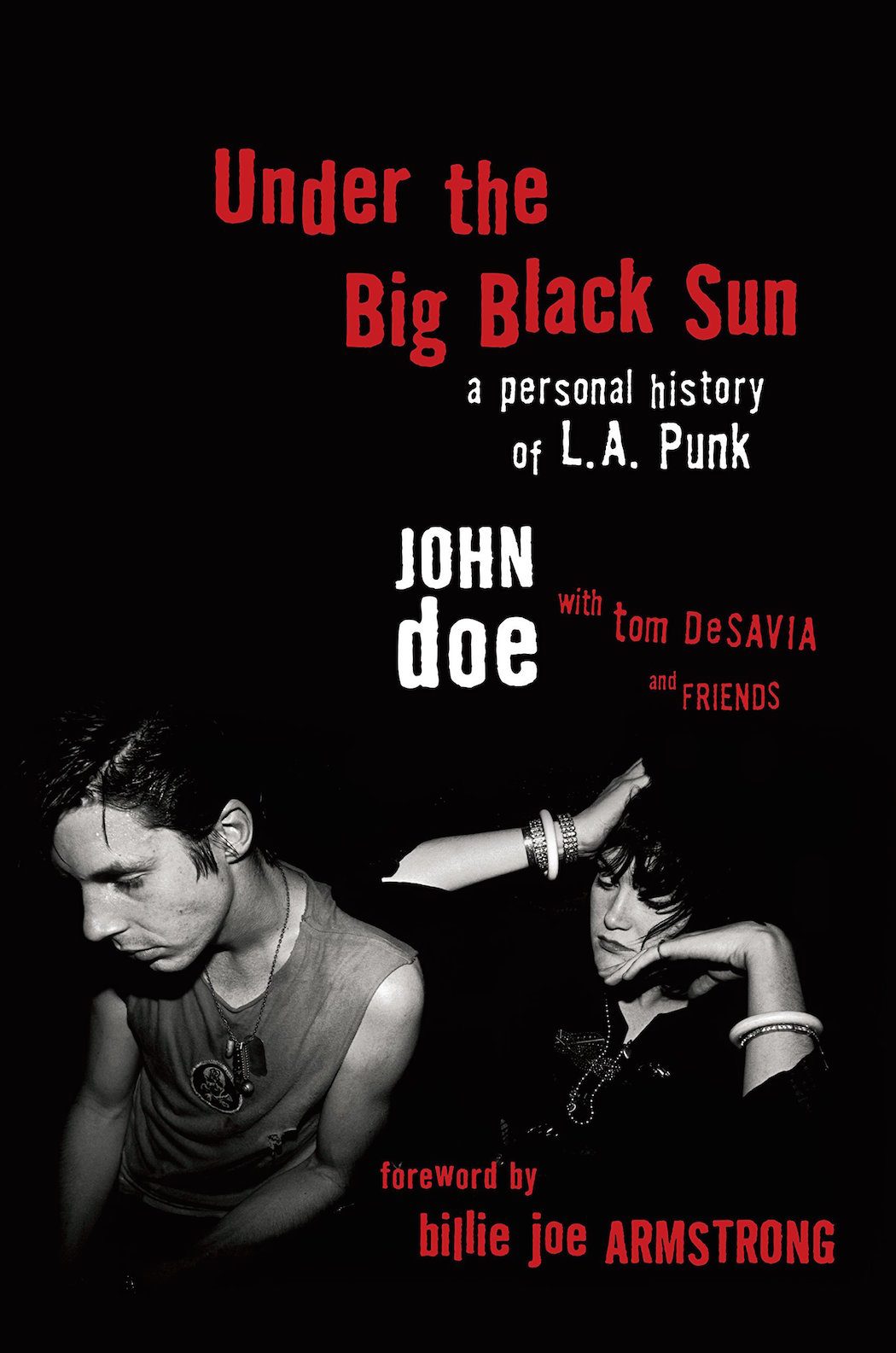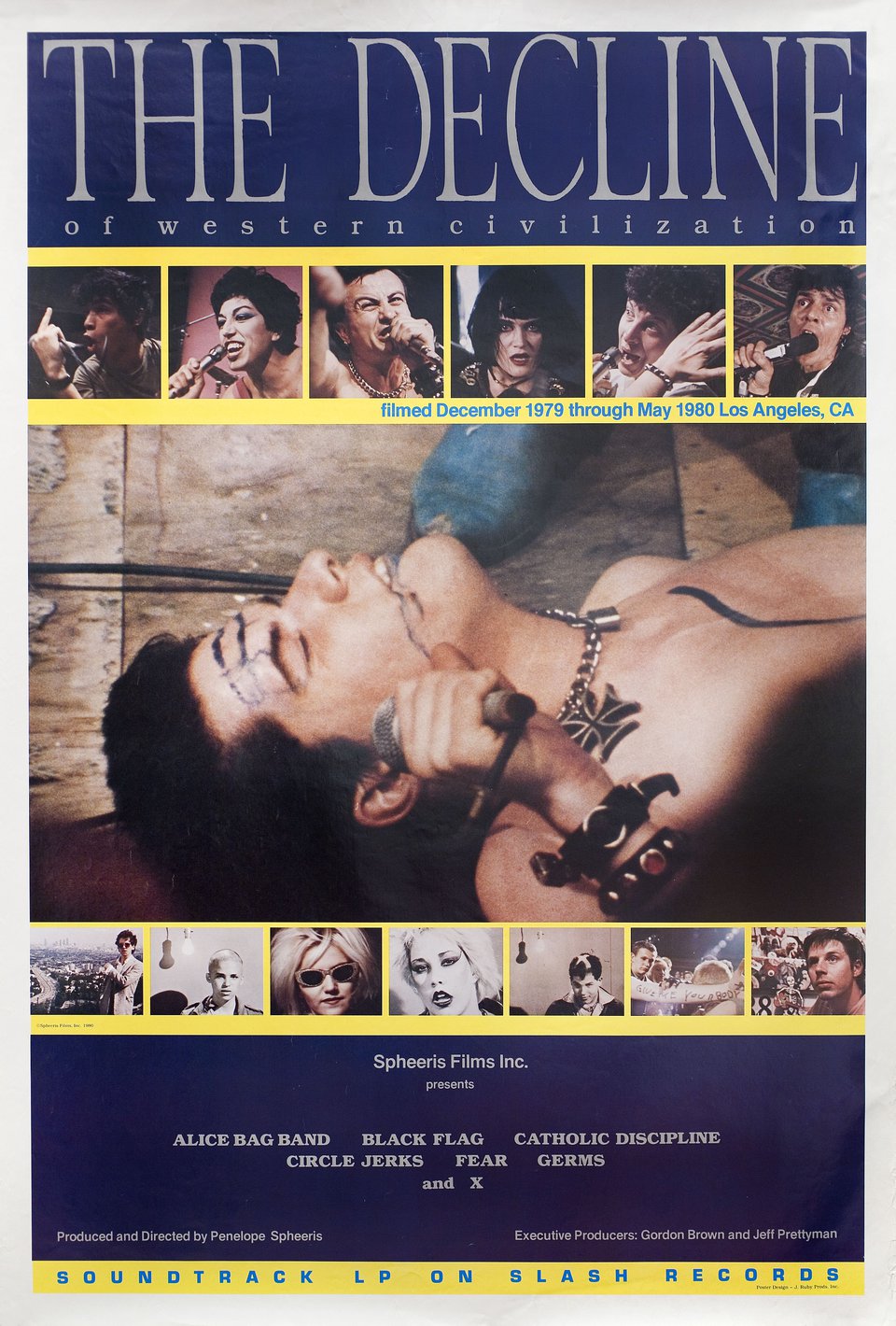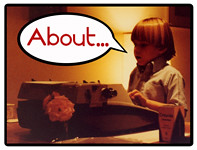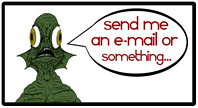When it comes to Branded, I typically like to stick to writing and reminiscing about the late 70s and 80s through the perspective of a kid. I was a kid at the time after all, and there was a lot of culture that completely flew past my naïve radar. As an adult I look back to this time a lot because it’s comforting and I really like the idea of investigating and deconstructing all of the stuff I grew up on to get a better picture of what helped make me the person I am today.
That being said, like most folks my interests are varied and diverse, and there are so many more aspects of that time that I find myself really connecting with, particularly when it comes to music. I dig all kinds of stuff in a bunch of disparate genres, but what I find myself gravitating to most times is punk. Whether it’s the fore-bearers, the American avant-garde & glitter rock of the early 70s (bands like MC5. Suicide, The New York Dolls, the Modern Lovers, the Velvet Underground or the Stooges) and the UK glam invasion (T.Rex, David Bowie, Mott the Hoople, or Slade), the various punk and hardcore scenes that sprang up in New York (the Ramones, The Dead Boys, Blondie, the Talking Heads), L.A. (the Screamers, X, Black Flag, and believe it or not the Go Gos), D.C. (Minor Threat & the Bad Brains), and in London (The Clash, The Damned, the Sex Pistols, and Generation X), and the post punk that followed in their wake (bands like the Pixies, the Replacements, the Smiths and Sonic Youth.) This is the kind of music that is inevitably blaring on my mind’s stereo system while I’m commuting to or at work, doing chores or brainstorming for various projects. It’s not often that I find myself daydreaming that I could time travel to experience a scene, or wondering if I was born in the wrong era, but if I had to pick another time to have grown up I think it might have been one that had me coming of age in the mid-70s so that I could have experienced more of the birth of punk from the front row (so to speak.)
All of this music that I love has really been making me rethink my perspective on how we experience bands that we like. For years I’ve been fairly opinionated when it comes to listening to music. In my eyes, the end all be all, the best way to listen to a band was to seek out their albums, what ever official releases are hanging out there, and then devouring them in sequential order. Like I wanted to follow the band through their lifespan, listening to the roots and then hearing the progression as they grew, matured, or simply changed into something else entirely. I never sought out best-of, live albums or compilations unless that was the absolute only way I could hear any one particular band. I felt like the studio albums were the purest form of the music, what the band deemed the “final” versions of songs recorded for posterity. For years this just felt like the way to go.
But there were some modern bands that I loved that really challenged this notion. I think of a band like Ween. I got into Ween, like a lot of teens my age, after hearing Push the lil Daisies in one of the video segments on an episode of Beavis and Butthead back in the early 90s. For some reason the wackiness of that tune really burrowed into my brain, and it wasn’t long after that, that I found myself in a Circuit City thumbing through the “Modern Rock” W section looking for Ween albums. At the time I wasn’t so disciplined in how I listened to bands, I was like 15 years-old, so I really just wanted the album that had Push the lil Daisies on the track list. That record was Pure Guava, and after buying the cassette with lunch money I’d been saving all week, I went home, slid it into the tape deck on my stereo and proceeded to fall in love with one of the weirdest bands I’d ever heard. The album is a hodge podge of style full of quirky, drug-induced songs about battleships made of poop, young love, stallions (the manly kind), shitty jobs, and shirts that your mom bought. It was unlike anything that I had heard before, and I was drunk on how happy it made me. For the next 20 or so years I made it a point to pick up every album they released and to see every live show whenever they came through Atlanta. I ended up seeing them around 10 times at a bunch of different venues around the city; inside the Masquerade on their 12 Golden Country Greats tour, outside when they were touring on The Mollusk, at the Roxy around the time White Pepper came out, and numerous times at the Tabernacle. What I discovered over that period was that Ween was sort of two different bands. They were one band that thoughtfully produced all kinds of weird and amazing music on 9 studio albums that melted my mind for over half my life. But they are also a different band that plays incredible live shows that differ dramatically from the albums. Sure, most of the songs are the same, but there is a distinct difference between hearing Big Jilm on Pure Guava, and hearing it live.
Ween was always the exception to my rule of listening only to official studio albums because I saw first hand that the live act could be so very different and amazing in its own right. That wasn’t always my experience with live music. There are a lot of bands I’ve seen over the years that are very close when it comes to comparing the albums to seeing them live. Beck, 311, No Doubt, R.E.M., They Might Be Giants, the Presidents of the United States, Queens of the Stone Age. They’re all great live, but the show wasn’t something else, if that makes sense.
Lately though, I’ve been doing a deeper dive into L.A. punk circa 1977-1983 and I’ve had this notion of seeking out studio albums challenged by a scene where a lot of the bands just never recorded a full album or they released a handful of 45 singles that are either lost to time or hard to track down. I’ve just finished John Doe and Tony DeSavia’s book Under the Big Black Sun, and anthology of essays on L.A. punk written by the folks who lived it. As I was making my way through the book it became crystal clear that to really understand this scene you kind of had to be there. There was a lot of overlap in the essays where the writers kept pointing to bands like The Go Go’s, who were pretty influential in the scene with their live shows and weird fashion antics (Belinda Carlisle would wear dresses made out of black Hefty bags and duck tape.) But a lot of the folks who brought them up (including a couple of the members of the band themselves) lamented that when they finally got around to recording their first record the sound was pulled into a much more pop rock realm. What you hear on Beauty and the Beat (admittedly still a very awesome record), what was taking MTV by storm, sounded vastly different than their punk roots and the shows they were playing around L.A. between 1978 and 1980. This era of the Go Go’s really wasn’t captured well, so aside from some photos, band fliers, and lo-fi audio concert recordings you can find on youtube, that stuff basically lives in the memory of the folks who were there to see it firsthand.
This is true of a lot of the bands at the time. Bands like The Screamers, who were very much about the live gigs incorporating art school flash and showmanship that was almost as important as the music itself. Sure, there are a handful of demos that have surfaced over the years and a couple of early music videos floating around the internet, but these hardly match up to the descriptions in Under the Big Black Sun. It makes any exploration of this punk scene pretty frustrating when you start digging in band by band.
That isn’t to say that there isn’t some priceless recordings of this era outside of official studio albums. For one, there is a great film, Penelope Spheeris’ The Decline of Western Civilization, which captures at good chunk of the more well known acts at the time including Fear, Black Flag, X, Alice Bag, the Circle Jerks and the Germs. Black Flag in particular is a revelation as it’s the pre-Henry Rollins line-up of the band with Ron Reyes on vocals. It’s also some of the best footage (at least that I’ve seen in my own digging) of Darby Crash and the Germs before his suicide months before the film was released. To see these acts filmed with decent cameras and sound equipment live is truly a gift.
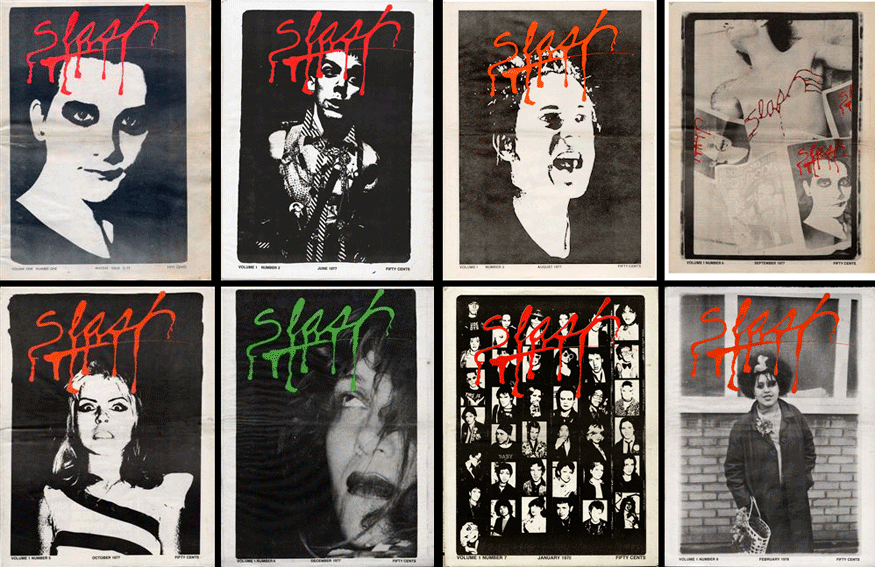
Luckily, there are also some really great fans that have digitized some of the ephemera of the era. In particular, the entire run of Slash magazine has been preserved by Circulation Zero. This magazine was a huge part of the scene, not only documenting what was going on with an insider’s view, but later in the publication’s life it also served as a label that released some of the better studio albums from groups like X, the Germs, and the Flesh Eaters. Flipping through the scans of these pages is almost like going back through time.
I also just started the 2001 oral history of the scene called We Got the Neutron Bomb by Mark Spitz & Brendan Mullen, which like Leggs McNeil & Gillian McCain’s Please Kill Me before it, exhaustively sought out interviews with as many key players in the scene that would be willing to sit down and talk about L.A. punk. What’s crazy is that some of these folks are pretty vocal about not talking about it. Greg Ginn & Pat Smear (of Black Flag and the Germs respectively), outright refused to participate in the book which is a shame. Sure, there are other volumes out there that fill in these gaps like Henry Rollins’ Get In the Van about his time with Black Flag, or Lexicon Devil, a look at Crash and the Germs by Brendan Mullen, Don Bolles, and Adam Parfrey. But the more I dig in, the more that this scene in particular feels like this special cherished moment in time that is secret and not for everyone. Like if we all start paying attention it’ll lose the magic that made it so great.
Again, whether it’s that the stories are scattered over a number of books and vintage magazines, or that what you hear on a lot of the albums is a sanitized version of what the music was like in the clubs, it’s kind of hard to immerse yourself in the scene. It’s had me scratching at the corners, looking for the dirty digital rips of 10th generation cassettes of concerts, seeking out anything I can find on youtube, no matter how out of focus or not perfect, just so that I can get a taste of this world. Maybe that’s the way it should be; it should be a herculean task to try and be a part of something that didn’t involve you. Maybe some eras or scenes really are of their time in a way that they’re meant to almost self destruct and leave no traces. The bands didn’t just break up, they were washed from the face of the Earth. All I know is that I’m going to keep digging because every little scrap I find is like a treasure. Lucky for me John Doe and Tony DeSavia have a follow up to Under the Big Black Sun coming out this June. Repurposing the title of another X album, this new volume is called More Fun in the New World: The Unmaking and Legacy of L.A. Punk. I’m really looking forward to that.


